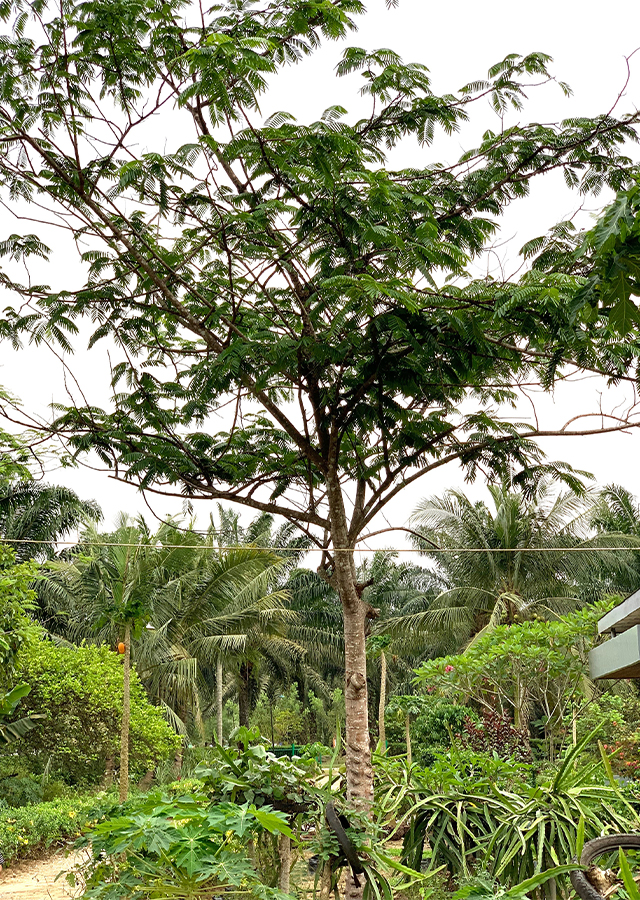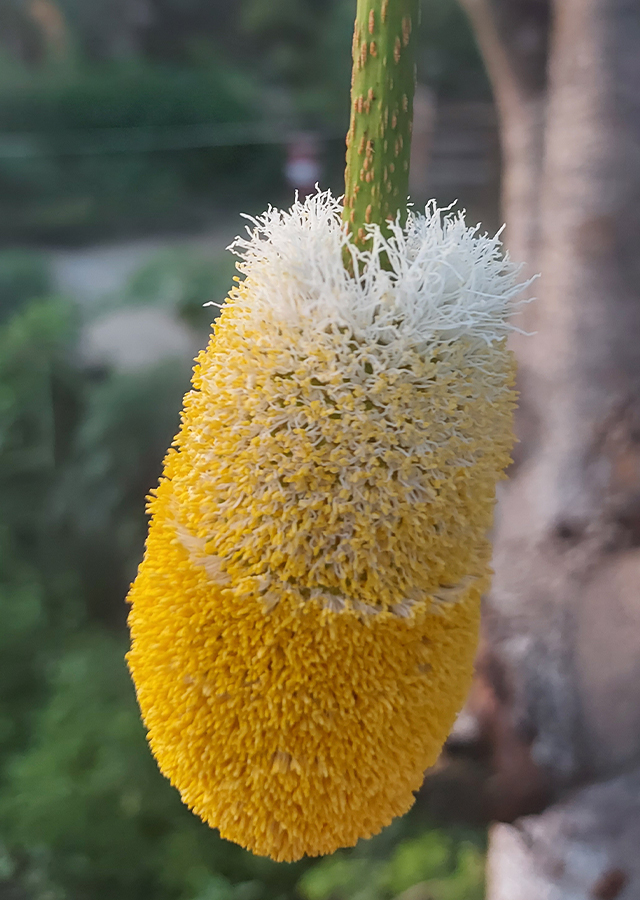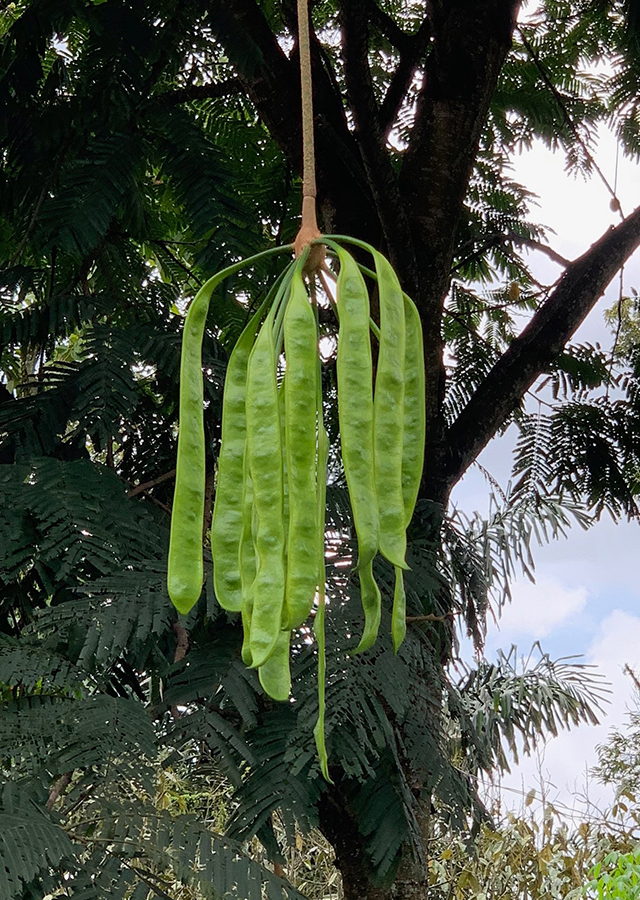Traditional Herbs from Parkia speciosa
worms
- Wash 25 g of fresh petai leaves until clean. Boil them in 2 glasses of water for 15 minutes.
- Drink the concoction twice a day, as many as \u00bd glasses (morning and evening).
prevent_morning_nausea_in_pregnant_mothers
- Peel the petai fruit, take out the seeds and separate them from the epidermis.
- Wash thoroughly and rinse with boiled water.
- Consume petai between meals.
What is Parkia speciosa Looks like??



Parts of Parkia speciosa that could be used
- Leaves
- Fruits
Parkia speciosa Distribution
Petai is widespread from Northeast India, Bangladesh, Myanmar, Thailand, Cambodia, Vietnam, Malaysia and Indonesia. Petai fruit is a popular vegetable and is commonly consumed in Southeast Asia, especially Indonesia, Malaysia, Thailand and the Philippines. It has many benefits as a medicinal plant. Petai wood can also be used in the paper making industry.Agroecology of Parkia speciosa
Petai is found in humid tropical lowlands up to an altitude of 1,500 m above sea level, rainfall is 1,000-2,000 mm/year. Likes latosol to clayey soil types, pH 5.5-7. Likes full sun and grows in wet climates, it does not tolerate drought conditions.
Morphology of Parkia speciosa
- Taproot.
- Hard woody stem, reddish brown bark, branches covered with fine hairs.
- Compound leaves alternate. Leaflets 18\u201342 pairs, oval, green.
- Flowers collected in one head called yellow lump. The lump has a long stem and hangs down.
- The pods are straight, long, green. Each pod contains many seeds, has a sharp smell.
Cultivation of Parkia speciosa
Propagation is generative (seed) and vegetative (grafting). Seeds are selected from superior and healthy parent plant fruit.
Parkia speciosa, more details :
Chemical Content of Parkia speciosaFlavonoids, alkaloids, phenols, terpenoids (β-sitosterol, stigmasterol, lupeol, campesterol, squalene), cyclic polysulfides, thiazolidine-4- carboxylate, saponins, hexathionine, tetrathiane, trithiolane, penthathiopane, pentathiocane, tetrathiepane, djenkolic acid.
Benefits of Parkia speciosa
Treats liver and kidneys, worms, stress, stomach ulcers, large warts, anemia, constipation and stops smoking, reduces high blood pressure and stroke, prevents morning sickness in pregnant women, has antioxidant and antidiabetic activity.
Simplisia of Parkia speciosa
- Wash the petai leaves using running water until clean then drain.
- Separate the petai leaves from the stems.
- Air dry the leaves without direct sunlight for 6 days until they dry evenly.
- After drying, grind them using a blender.
- Store in a clean, airtight container.
Another Facts for Parkia speciosa :
Synonym of Parkia speciosaAcacia gigantea Noronha, Inga pyriformis Jungh. ex Miq., Mimosa pedunculata W.Hunter
Habitus of Parkia speciosa
Tree. Annual upright tree, up to 45 m high.
Habitat of Parkia speciosa
- Wetland
- Riverside
- Forest
No comments:
Post a Comment